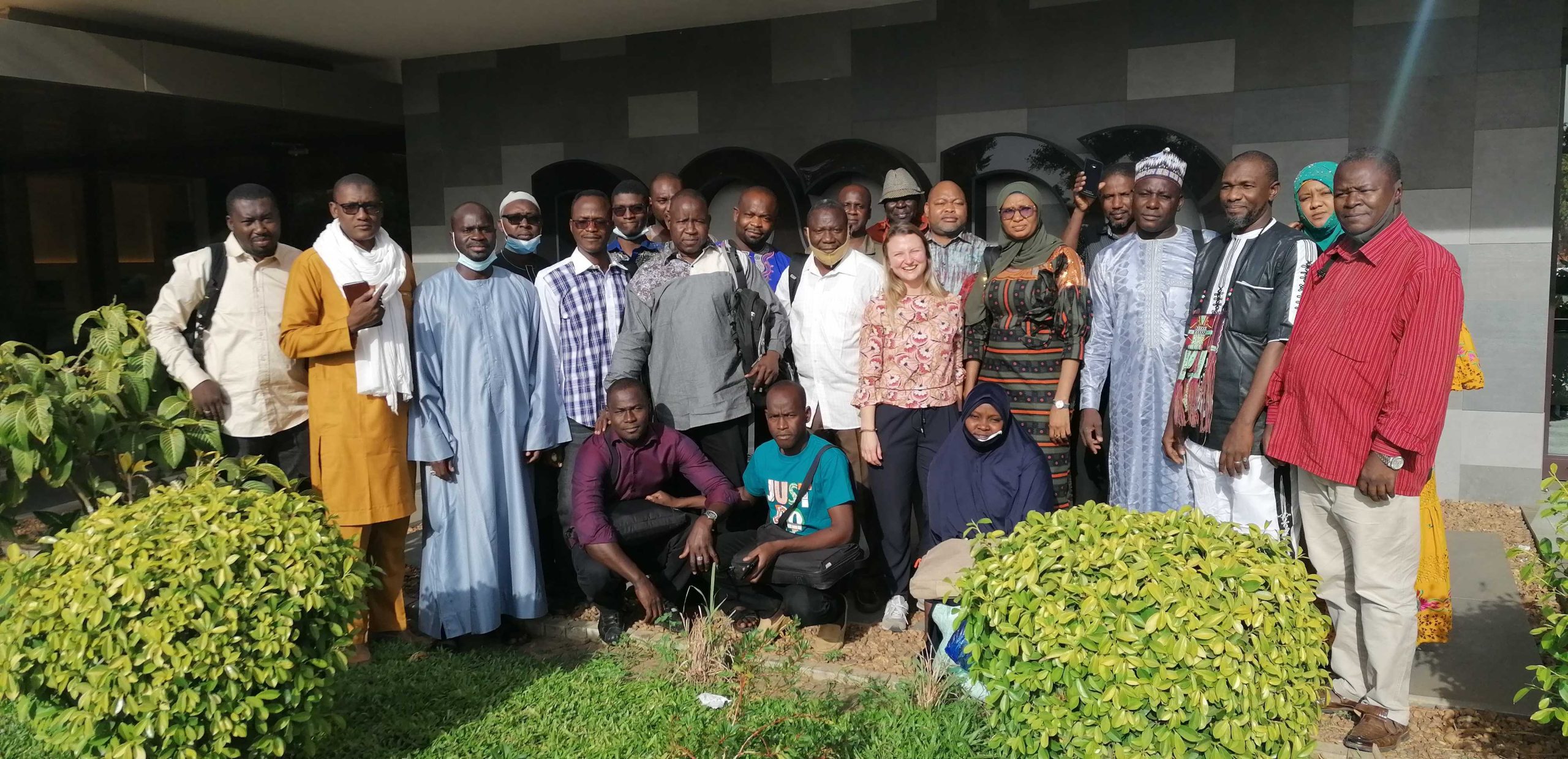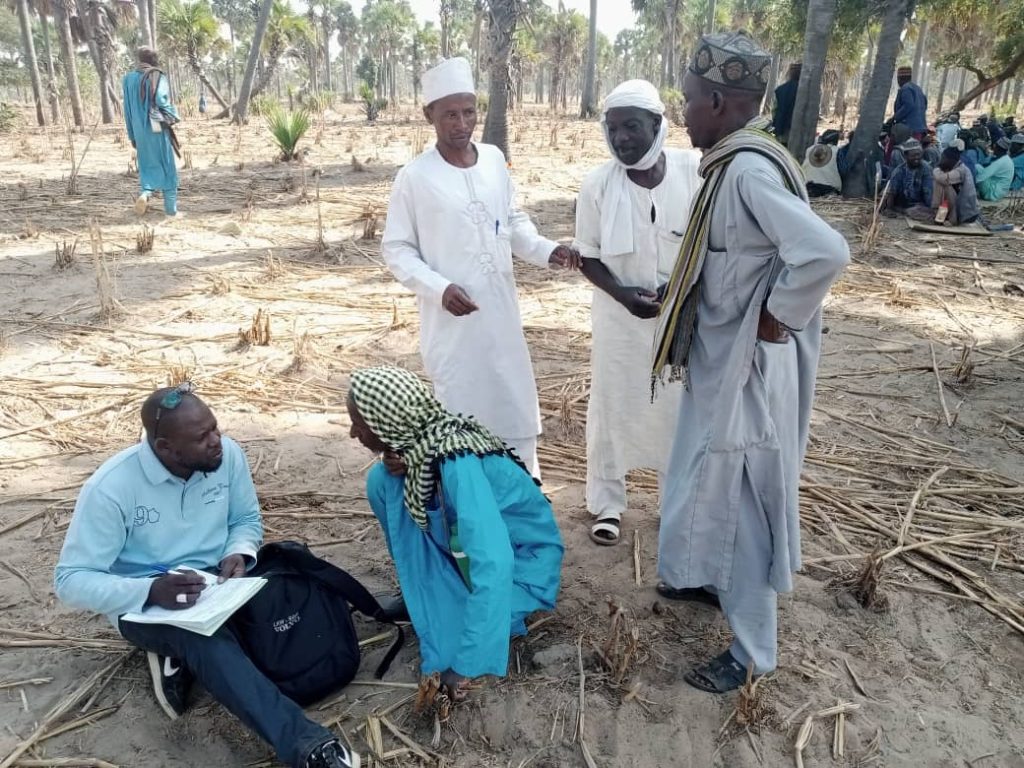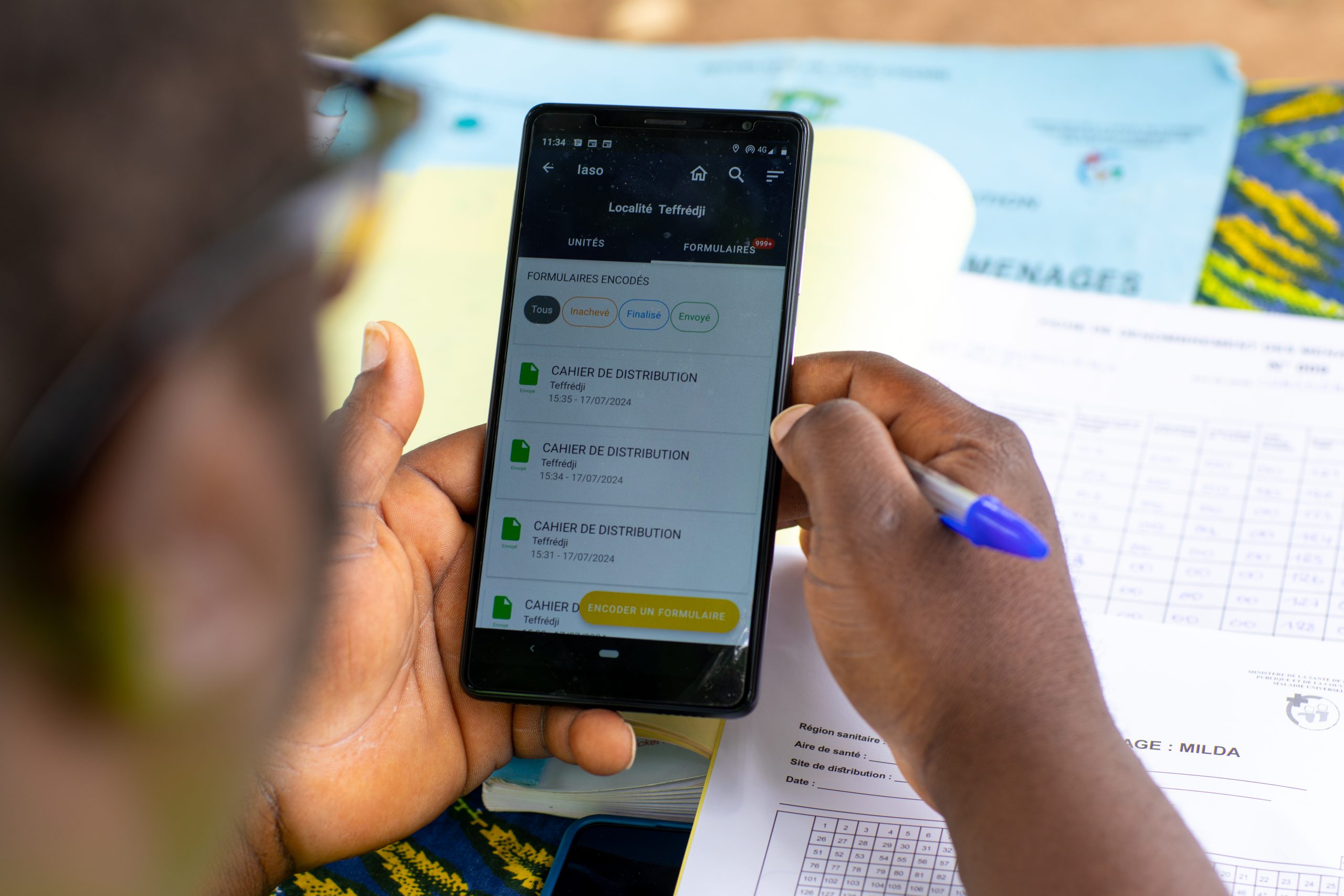Increasing health insurance access in LMICs: the ambition of openIMIS

This case study was part of our 2022 Impact Report.
Digitizing health insurance management processes is key when it comes to the quality development and accessibility of global health. It improves patient care through up-to-date and robust data, reduces inefficiencies, increases quality and makes healthcare services more personalized for patients, while improving access and reducing costs. However these technologies can be expensive or hardly accessible.
openIMIS is a tool developed to manage health insurance and social protection in LMICs. This free and open source software supports the digitization of the interactions between patients, health facilities and health insurance managers. The digitization of those financing workflows leads to more efficient healthcare services and to strengthened access to healthcare.
By reducing the administrative burden linked to health insurance, openIMIS eases the work of:
- health insurance managers for fraud detection
- health facilities for claim management and reimbursement
- patients by providing facilitated access to healthcare
The digitization of those health financing workflows leads to more efficient healthcare services and to strengthened access to healthcare.
The story of openIMIS
- 2012: IMIS, the non open source ancestor of openIMIS, is implemented in Tanzania by Swiss TPH, Exact Software and the Micro-Insurance Academia to support the management of the Community Health Funds financing programmes
- 2013: IMIS is implemented in Cameroon
- 2014: IMIS is implemented in Nepal
- 2016: birth of openIMIS, the open source version of IMIS, with the help of the German Development Cooperation. Why make it open source? To build a large community of users, implementers and developers helping each other improve the tool
- 2017: openIMIS is implemented in DRC
- 2018: Bluesquare joins the project to redesign the architecture

Scaling a one-off project in Tanzania
OpenIMIS started in 2012, as a one-off project in Tanzania known then as IMIS. As its benefits became clear, the project grew to encompass more functionalities and countries. However, after 6 years of development and implementation, the original design of IMIS ran into important roadblocks.
The software lacked flexibility to be easily implemented in more countries. The non fully open source technology and a monolithic architecture were identified as major drawbacks for further extensions. A full redesign and rewriting of openIMIS was decided.
Making openIMIS truly accessible
Bluesquare joined the project in 2018 to take the lead of the software modularization. Since then, Bluesquare has been redesigning the architecture to develop its modular aspect. This new architecture allows a highly customizable software that can be adapted and implemented in multiple contexts.
One of our greatest challenges is to be able to migrate to the new architectural design while openIMIS is in use; which is similar to changing the engine of a car while someone is driving it. The full development of openIMIS with the modular architecture is expected to be finished at the beginning of 2023.
The main benefit from this new architecture is the possible integration of openIMIS with DHIS2, an open source health data management platform used in more than 60 countries for data reporting, analysis and storage.
Integrating with other health financing programs
openIMIS and DHIS2 being inter-operable means that openIMIS can send information to a DHIS2 program, such as the national HMIS. More specifically to the health financing field, Bluesquare developed tools to have PBF schemes directly managed through DHIS2.
PBF is an innovative results-oriented approach that aims at improving the quality and the accessibility of healthcare services in LMICs. Financial incentives are made to health facilities in order to improve their services. Quality and reliable data is therefore crucial to measure and monitor the delivery of health services.
openIMIS offers a new perspective on how data is integrated in PBF programs. Integrating data into a single platform provides an opportunity to shift from individual data (openIMIS) to purchasing based on aggregated data (PBF). This allows policy-makers to have access to the bigger health financing picture, monitoring PBF and health insurance data in a single interface. The other main benefit from the integration of the two tools is the reduction of health financing fragmentation since a single integrated platform can now support different schemes.
From leading the development of openIMIS to implementing the software
Thanks to its extensive experience on openIMIS, Bluesquare is now also acting as an implementing partner for the tool. We look forward to seeing openIMIS in more and more countries, especially as we migrate to a fully modular system early 2023.
- In Niger, Bluesquare set up a hybrid instance (mix of old and modular architecture). Thanks to the modular architecture, Bluesquare configured the software according to specific requirements from the partners and also updated mobile applications to ease enrollment and claims processes, so they can be done on mobile devices and offline.
- In Cameroon, Bluesquare will work on integrating openIMIS for free HIV scheme management in the Central and North West regions with the national PBF program. The individual-based data management (from openIMIS) mixed with health data from the purchasing (from the PBF program) will allow a broader overview of health indicators for policy-makers.





